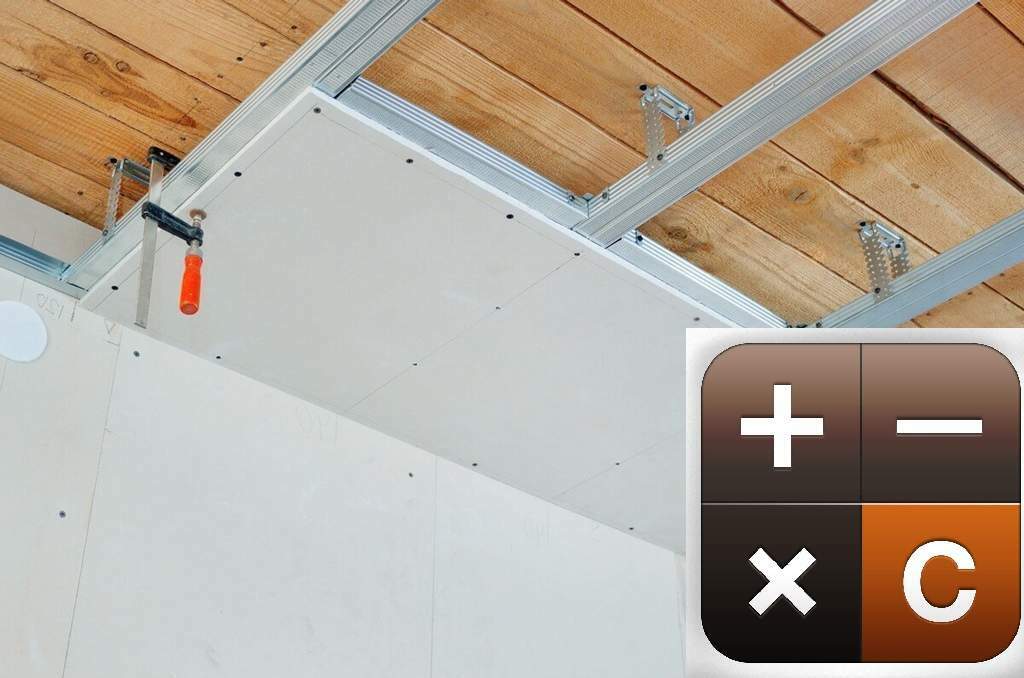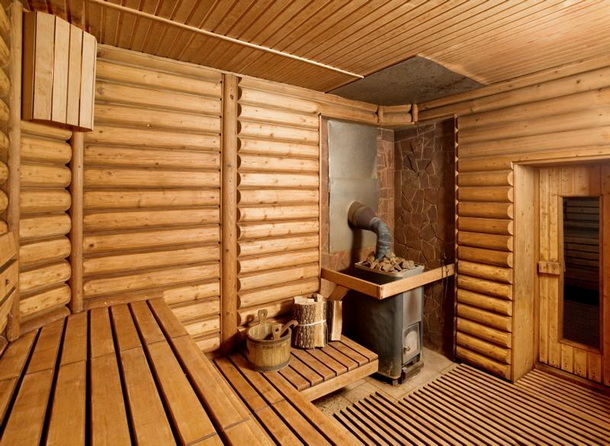Content
- Choosing the Right Material
- Mineral wool
- Styrofoam
- Penoplex
- Penofol
- Expanded clay
- Additional materials
- Preparatory work
- Waterproofing
- Floor insulation on the balcony
- Stage number 1. We lay the first layer of insulation
- Stage number 2. Install the lag system
- Stage number 3. We lay the second layer of insulation
- Stage number 4. Finishing
The presence of a balcony in the apartment is a great opportunity to equip this extra space with benefit. Agree that turning your balcony into a smoking room or storage of unnecessary trash in a small apartment is wasteful. Therefore, in recent years there has been a growing tendency to use this space as a recreation area, a winter garden or an addition to the kitchen. But in order to carry out high-quality repair of the balcony, first of all, it is necessary to take care of its insulation and resistance to various weather conditions. The most time-consuming and expensive stage in this matter is floor insulation. Is it possible to carry out these works independently, saving on the services of a construction team? The answer is yes! Below you will find a complete guide on how to insulate the floor on the balcony with your own hands.

Choosing the Right Material
Because the balcony is a remote structure, according to SNiPu, it has certain restrictions on the weight load. This applies not only to the furniture located on it, but also to the materials used in the decoration. Therefore, the main criteria when choosing a heater are light weight and ease of use.
If you have a loggia in your apartment, then for its repair you can choose materials with any weight, but do not forget about their waterproofing and fire-fighting properties.
What materials are suitable for floor insulation on the balcony?
Mineral wool
This is a material made from fiberglass or basalt threads. Its advantages:
- low thermal conductivity;
- low weight and density;
- ability to fill gaps;
- low flammability.
Among the minuses of mineral wool can be noted poor moisture resistance and the content in its composition of hazardous components for human health.
There are three types of mineral wool:
- slagged;
- glass wool;
- stone wool.
USEFUL INFORMATION:How to make a floor screed on the balcony with your own hands
The last of them is the most optimal and safe for use in residential premises, including for warming the floor of a balcony. But in any case, when working with this material, you must follow safety precautions and use protective gloves and a mask. The principle of mineral wool floor insulation can be seen in the following photo.

Styrofoam
A method of warming a balcony with foam plastic is very popular. This option is the cheapest, fairly lightweight and easy to use. The disadvantage of polystyrene is its high fire hazard.

Penoplex
Penoplex has similar properties to polystyrene, but its quality is slightly better: more dense structure, increased thermal insulation properties and the absence of chemical reactions with others materials. A significant advantage of warming the balcony with foam is also the fact that this material does not support combustion due to the presence of flame retardants in its composition (this applies only to the variety, the labeling of which contains letter C).

Penofol
Penofol is a foil insulation, the basis of which is foamed polyethylene. Penofol Pros:
- excellent moisture resistance;
- little weight;
- flexibility;
- soundproofing property.
The downside is the low thermal insulation, as a result of which the balcony should be insulated with foam foil in conjunction with another heater, for example, foam.

Expanded clay
Expanded clay has rarely been used to warm balconies recently, but this material has significant advantages over the latest heaters. Among them, it is worth noting the absolute incombustibility and environmental friendliness. But use it on the balcony floor carefully because of its high density.
The following photo was taken after performing expanded clay screed on the balcony.

Additional materials
In addition to a heat insulator for warming a balcony with your own hands, you may need:
- waterproofing material;
- polyurethane foam;
- a mixture for leveling the screed if the concrete floor on the balcony is uneven;
- plywood or OSB boards;
- bars.
USEFUL INFORMATION:Adjusting the plastic balcony door yourself (video)
Preparatory work
Before you insulate the balcony, you must make sure that all structures are in good condition, not destroyed and do not separate from the wall of the house. This is important, since a large load during construction work and further use of the balcony can lead to its collapse.
Permissible load on the ceiling of the balcony is 200 kilograms per square meter.
Doing warming the floor on the balcony with your own hands is a simple process if the right materials are selected and all the preparatory work is completed.
Then you need to assess the condition of the floor. Mold, large gaps and irregularities in the concrete base can significantly reduce the quality of the work. To bring the balcony in proper condition, you must:
- Dismantle the flooring - linoleum, tiles, boards. If the concrete floor screed is significantly damaged, it must be completely removed.
- After assessing the condition of structures and floors, if necessary, they are strengthened. Joints, cracks are sealed with mortar, and gaps and crevices are foamed. Also, gaps can be sealed with airtight tape.
Strengthening the balcony slab can be done on the channels.

- After carrying out these works, the floor is cleaned of the remaining debris, dust and dirt.
The photo shows the strengthening of the balcony structure using the channel.
Waterproofing
The next step before warming will be to protect the room from moisture. This is necessary so that fungi and mold do not multiply under the insulation, and the thermal insulation does not deteriorate under the influence of weather conditions.
Step-by-step instructions for waterproofing the floor on the balcony:
- Dry and clean floors are processed primerand then dried again.
- A waterproofing membrane or a plastic film with an overlap on the walls, about 10 centimeters, is laid on the treated surface and fixed with a stapler.
- Individual pieces of film are overlapped, and the joints are connected with tape.

When using waterproofing mastic, the floor is also cleaned, treated with bituminous mastic in two layers, and after it is dried - with a special polymer mixture. In the photo you can see the process of waterproofing the floor on the balcony.
USEFUL INFORMATION:How to insulate the ceilings in the apartment and on the balcony with your own hands
Floor insulation on the balcony
When the floor is cleaned and protected from moisture, you can proceed directly to its insulation. Our step-by-step instructions will help you with this.
Stage number 1. We lay the first layer of insulation
The insulation laid earlier on the waterproofing is laid. It must be sized and tracked so that there are no gaps between the sheets.
If you have a balcony with a hatch, you must remember that it must also be insulated, otherwise all the work done will be meaningless.

Stage number 2. Install the lag system
The bars are pre-treated with an antiseptic. Then they must be cut to the width of the floor and installed on the insulation, the extreme ones near the walls, the next at a distance of about 50 centimeters.
[smartcontrol_youtube_shortcode key = "mounting the log on the balcony" cnt = "2 ″ col =" 2 ″ shls = "true"]
All the bars are installed at the same height, which is controlled by the building level, and then fixed with screws in several places.
Stage number 3. We lay the second layer of insulation
Between the lags, another layer of insulation previously cut to the size of the insulation cells is closely packed. In this case, the material should not rise above the level of the bars. Slots and gaps foam.

Stage number 4. Finishing
When using mineral wool, it is necessary to put another layer of waterproofing material on it. After insulation with foam or penofol, additional waterproofing is not needed. Then, on top of the insulation on the logs, a layer of plywood (or OSB), pre-treated with an antiseptic and a primer, is laid. The plywood can be laid on top of the floor.
To make this technology more understandable, watch a video with its practical application.

EXPERT SITE
Tsugunov Anton Valerevich
Master Station Wagon
- Since 2003, I have been engaged in the repair and decoration of premises.
- Over 100 completed objects.
- I appreciate the quality, more than the quantity!
Personal page >>>
Friends!
I offer you the service "Friend Builder"
As this site develops, subscribers and visitors are turning to me more and more often asking for help with advice on various issues of repair and decoration.
Questions are sometimes asked very complex and interesting. You can’t write an article for each situation, so I decided to advise you individually.
Thanks to you, friends, a new direction of my favorite work has been born - share your experience and benefit everyone who is undergoing repairs!
Get a one-time consultation from me >>>
Order full apartment repair support >>>


